Biography
Franz Kline (1910-1962)
Born in Wilkes-Barre, Pennsylvania, Kline became one of the most prominent 20th-century American artists working in abstract and non objective styles, with the purpose of renouncing color. He first came to public attention when his black and white linear abstractions were shown in New York in 1950.
He began his career as a figure and landscape painter, and studied in the Art Department of Boston University from 1931 to 1935 and Heatherley School of Art in London from 1937 to 1938. He then settled in Greenwich Village of New York where he painted the local scenery including street scenes and bohemian night clubs. Some of these in 1940 included Bleeker Street murals of jazz musicians but were not focused on social conditions but on putting a scene together.
In 1946, he did his first abstract work and in 1949, became committed to Abstract Expressionism when a friend put several of his small sketches into a projector, magnifying the bold linear strokes and making obvious his talent for that style. Much of Kline’s early abstraction was black and white with boldly geometric lines cut with asymmetry and opening edges.
By 1950, he was producing large-scale Abstract Expressionist works with calligraphic images in black on white ground, and from 1958, his gestural paintings had bold coloration. Many of his works were done with wide house-painter brushes, heavily loaded with paint across large canvases. He died in New York in 1962.

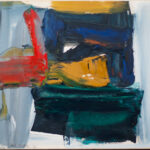 Untitled
Untitled
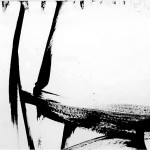 Untitled
Untitled
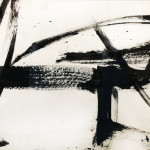 Untitled
Untitled
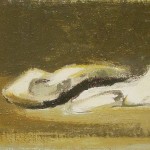 Kitska
Kitska
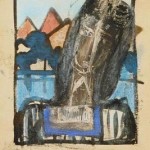 Elizabeth at Islip (Portrait of the Artist’s Wife)
Elizabeth at Islip (Portrait of the Artist’s Wife)
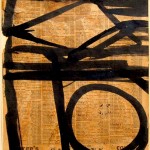 Study for Clock Face
Study for Clock Face
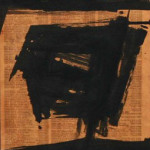 Untitled
Untitled